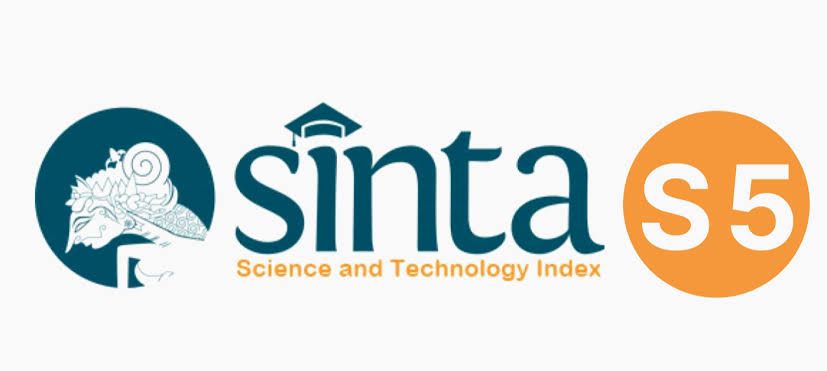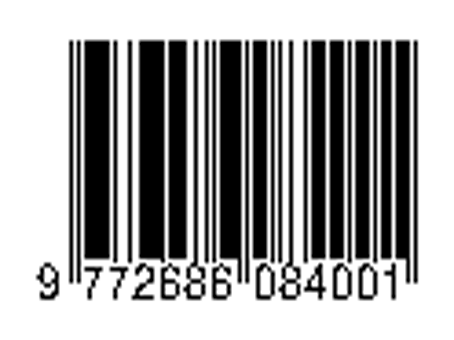C2 Lesion in An Adolescent Resembling Chordoma : Histopathological Confirmation of Rheumatoid Pannus Following Two-Stage Decompression : A Case Report
DOI:
https://doi.org/10.32734/aanhsj.v7i01.20438Keywords:
Chordomas, Trans-oral, Two-Stage DecompressionAbstract
Introduction: Chordomas prevalence peaks in men around late middle age. Mostly occur in the sacrococcygeal and around base of the skull. Chordoma of the cervical spine is observed only in 6% of all chordoma, which grows slowly in size before becoming symptomatic and encase surrounding vascular and nerve structures.
Case Presentation: A 17-years-old male with weakness in all extremities since 2 months with history of falling to the ground with his back landed first after somersault. After that, he began to felt numbness in all extremities. Urinary, fecal incontinence, and decrease of libido was found. Patient undergo CT scan and MRI that show canalis stenosis C2 d/t C2 Fracture Levine classification type 1A ASIA D dd spondilitis TB C2 dd susp. Pannus ec Rheumatoid arthritis. Patient underwent the occipitocervical fusion. He underwent the second operation which was trans-oral decompression and the pathology impression was chordoma.
Discussion: Chordomas are a family of primary bone tumors, originate from undifferentiated embryonic notochord remnants presenting in the midline, extending throughout the skull base and axial skeleton. Only 6% of all chordoma cases mainly affect the cervical spine, as chordomas can often be found in the cervical vertebrae, either a new primary tumor or a metastatic tumor
Conclusion: Chordoma is a malignant neoplasm and if the site lesion was in the cervical spine, the chief complaint was the effect of spaced-occupying lesion in cervical, like weakness in all extremities
Downloads
Downloads
Published
How to Cite
Issue
Section
License

This work is licensed under a Creative Commons Attribution-ShareAlike 4.0 International License.
The Authors submitting a manuscript do understand that if the manuscript was accepted for publication, the copyright of the article shall be assigned to AANHS Journal.
The copyright encompasses exclusive rights to reproduce and deliver the article in all forms and media. The reproduction of any part of this journal, its storage in databases and its transmission by any form or media will be allowed only with a written permission from Asian Australasian Neuro and Health Science Journal (AANHSJ).
The Copyright Transfer Form can be downloaded here.
The Copyright form should be signed originally and sent to the Editorial Office in the form of original mail or scanned document.














